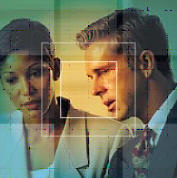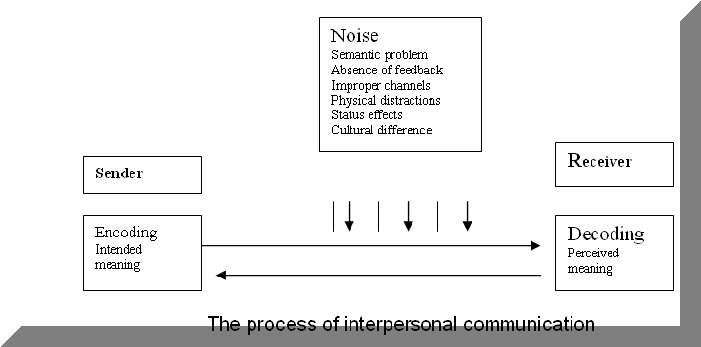
Communication 101:
The
success of an organization depends on the communication skills of
all its employees. When people in the business field are asked to
define “communication”, they tend to respond by saying something
like this; “Communication is the process of transferring thoughts
and ideas from one person to another.” This definition sounds
good, but it acknowledges that communication is a process and it
includes the idea of communicating our thoughts and ideas to
others. A more accurate definition of communication according to
Oxford English dictionary lists the Latin root of communicate as
communicare, which means “to make common to many, share.”
According to this definition, when people communicate, they
express their ideas and feelings in a way that is understandable
(common) to each other of them. Therefore, communication is the
process of people sharing thoughts, ideas, and feelings with each
other in commonly understandable ways (Communication for Results).
The Basic
Model of Communication:
Successful business and professional communicators owe a large
part of their success to their ability to minimize potential
misunderstanding. This ability results from knowing the elements
of the communication process and the role that each
elements play. The key elements in the communication process are
shown below. They include a sender, who is responsible for
encoding an intended message into meaningful symbol, both verbal
and nonverbal. The message is sent through a communication channel
to a receiver, who then decodes or interprets its meaning. The
interpretation, importantly, may or may not match the sender’s
original intentions. Feedback, when present, reverses the process
and conveys the receiver’s response back to the sender.

What is
effective communication?
It occurs
when the intended message of the sender and the interpreted
meaning of the receiver are one and the same. Although, this
should be the goal. Effective communication occurs at minimum cost
in terms of resources expended and efficiency of the message.
Communication Barriers
o
Poor
Choice of Channels
o
Poor
Written or Oral Expression
o
Failure to Recognize Nonverbal Signals
o
Physical Distractions
o
Status Effects
|







